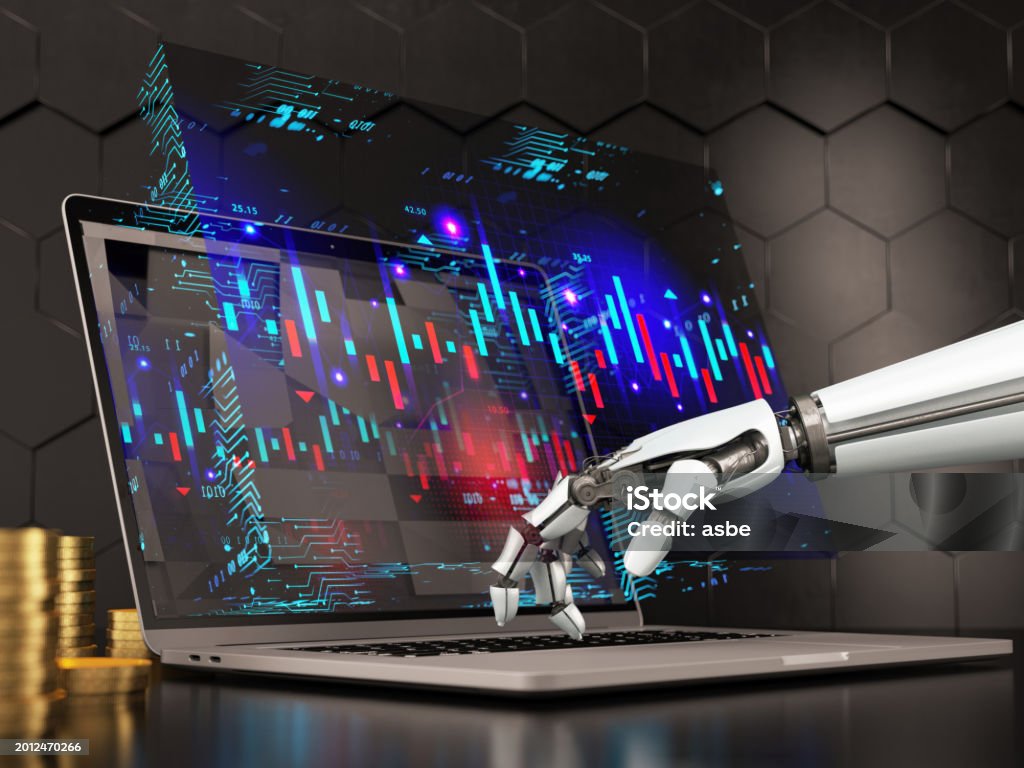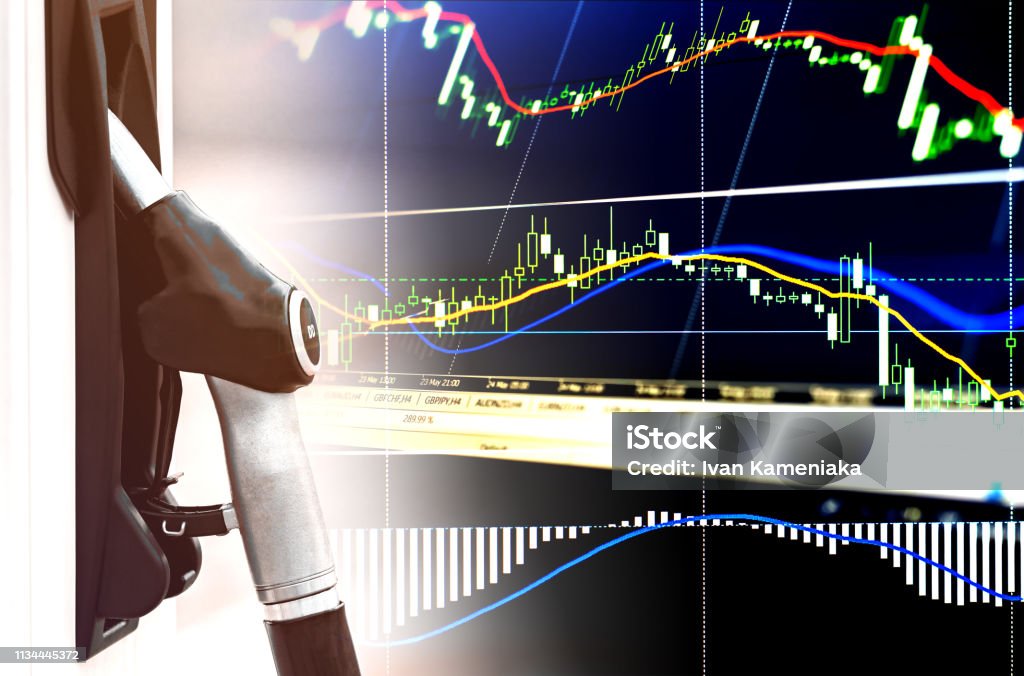Automated Trading Systems
Computer programs that use predetermined criteria and algorithms to automatically carry out trades in financial markets are known as automated trading systems.
These frameworks dissect market information, distinguish exchanging valuable open doors, and execute orders without human intercession.
They frequently make use of high-frequency trading to buy and sell securities in milliseconds in an effort to take advantage of market inefficiencies.
Automated trading reduces emotional decision-making and can operate 24 hours a day, seven days a week.
However, there are risks associated with it, such as system errors and market volatility impacts.
Automated trading systems, in essence, let computers handle the trading while humans set the strategy and rules. Their goal is speed and efficiency.
Why choose Automated Trading Systems over Self Directed Trading?
Compared to self-directed trading, automated trading systems offer a number of advantages.
Using algorithms to analyze vast amounts of market data and respond to opportunities in milliseconds, they execute trades more quickly and accurately.
This lessens the close to home inclination that frequently influences human merchants, prompting more steady and restrained exchanging.
Because automated systems can operate round-the-clock, they prevent opportunities from being missed due to fatigue or time constraints.
They can also use historical data to back test strategies to improve their efficacy. However, they can be susceptible to system errors and market volatility impacts and require technical expertise.
To put it plainly, mechanized exchanging offers speed, consistency, and nonstop activity, while decreasing profound and time-related requirements.

What are the Benefits of Automated Systems Trading?
Since they complete trades in a matter of milliseconds, automated trading systems offer a number of advantages, including speed and efficiency.
They ensure that results are consistent by reducing human error and emotional decision-making.
These systems can run round-the-clock, preventing traders from missing out on opportunities due to time zones or fatigue.
They consider back testing of methodologies on authentic information, refining and upgrade exchanging approaches.
Also, computerized exchanging can deal with enormous volumes of exchanges all the while.
Further developing business sector liquidity and possibly upgrading net revenues.
Automated trading is essentially a powerful tool for modern traders because it offers precision, consistency, and round-the-clock operation.
There’s are Some Important pors and cons in Automated Trading Systems
Black-box trading and algorithmic trading are two other names for automated trading systems that make use of computer programs to carry out trading orders on their own. Using such systems has five advantages and five disadvantages:
Pros :
1:Efficiency and Rapidity:
Taking advantage of even the tiniest shifts in the market and shortening the period of time between making a decision and placing an order.
Automated trading systems are able to execute orders at speeds that are far greater than anything a human can achieve.
2. Disposal of Profound Bias
Trading decisions are made without considering feelings because they are based on predetermined criteria.
This helps to avoid rash decisions motivated by fear or greed, which frequently result in significant losses.
3. Consistency and Discipline
These systems make sure that trading strategies are followed consistently and with discipline.
They follow the rules no matter what the market is doing, which is hard for human traders to do.
4. Back testing:
Back testing allows traders to see how automated systems would have performed under different market conditions in the past.
Before risking real money, this aids in the refinement and enhancement of strategies.
5. Trading Hours:
Trading in markets across time zones without the need for constant human supervision .This made possible by the ability of automated systems to operate round the clock, maximizing trading opportunities.

Cons
1. Specialized Failures:
The technology behind automated systems is susceptible to failure.
Trading operations can be disrupted by issues like connectivity issues, software bugs, or power outages, which could result in significant losses.
2. Over-Optimization:
Strategies based on historical data run the risk of being over optimized.
Which could result in a system that performs well in back testing but poorly in live markets due to differences in market conditions.
3. Expensive up front:
The development and upkeep of automated trading systems can be costly because they necessitate significant investments in technology, infrastructure, and ongoing support.
4. Absence of Flexibility:
It may be hard for automated systems to adjust to sudden changes in the market.
They can pass up open doors or neglect to respond suitably during major financial occasions or market disturbances.
5. Risks related to regulation and compliance:
Automated trading systems must abide by a variety of regulations, some of which can be complicated and differ from region to region.
Rebelliousness can prompt legitimate issues and monetary punishments.
Additionally, there is a pervasive risk of regulatory revisions affecting these systems’ operation.
Visit website